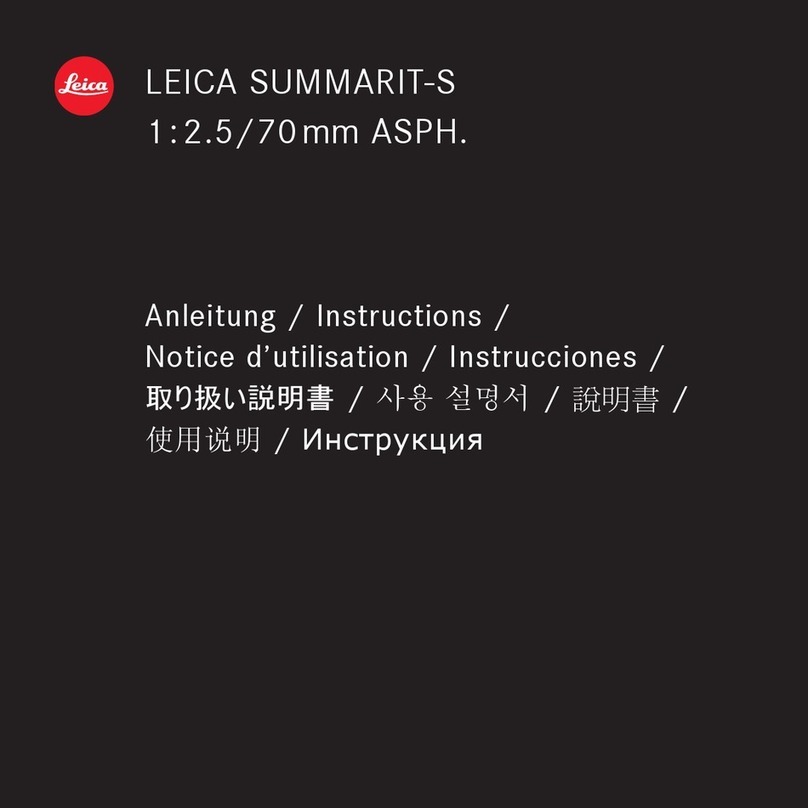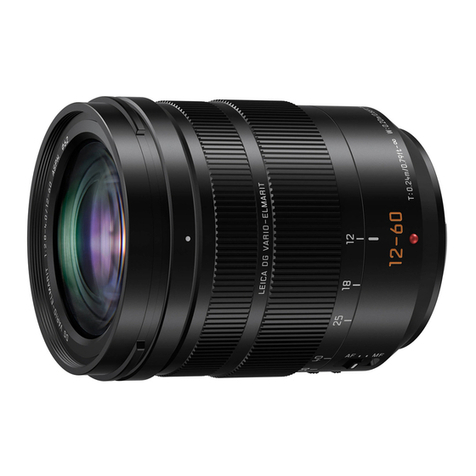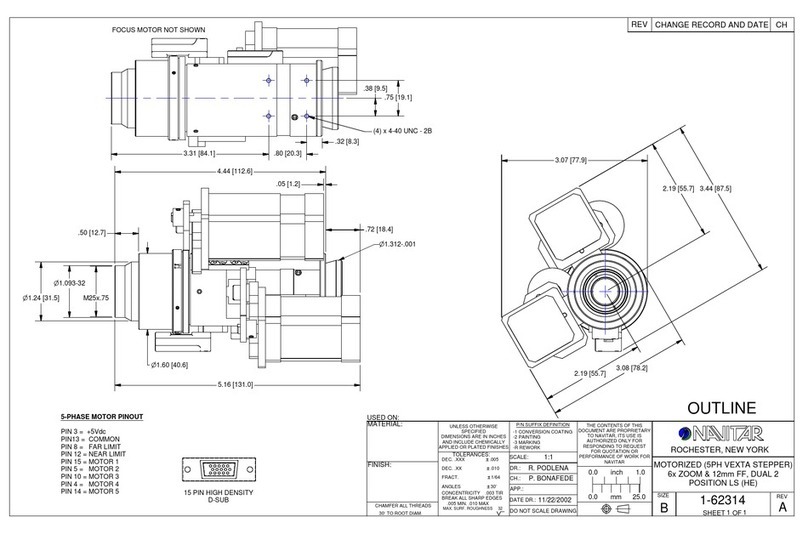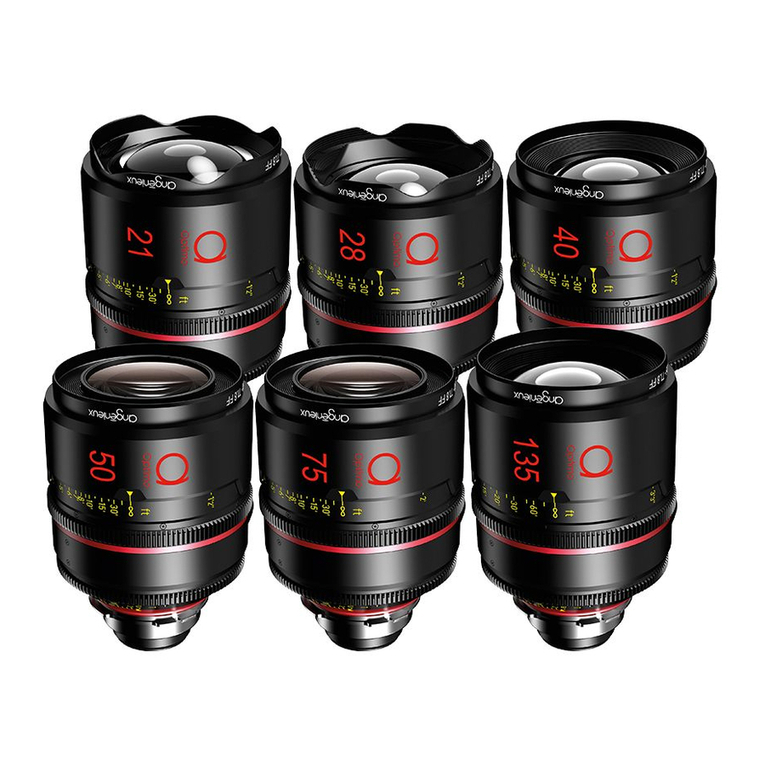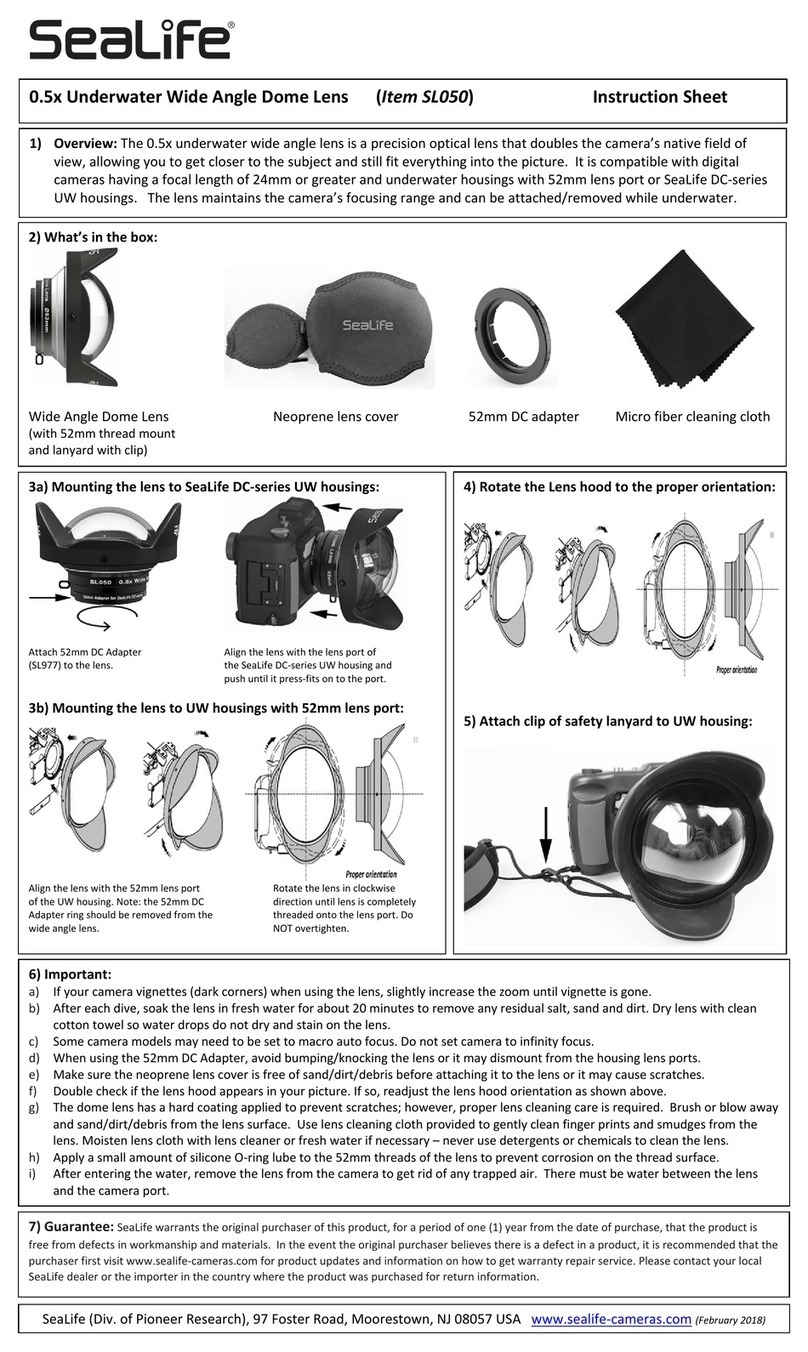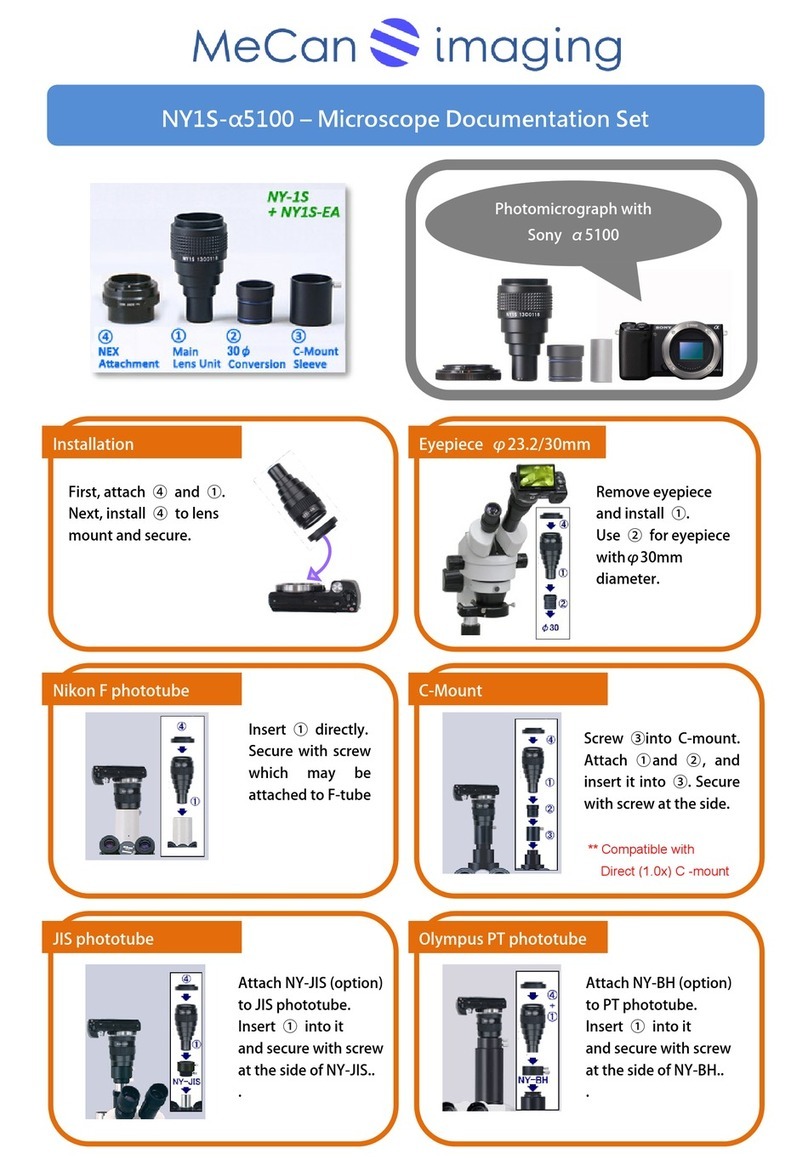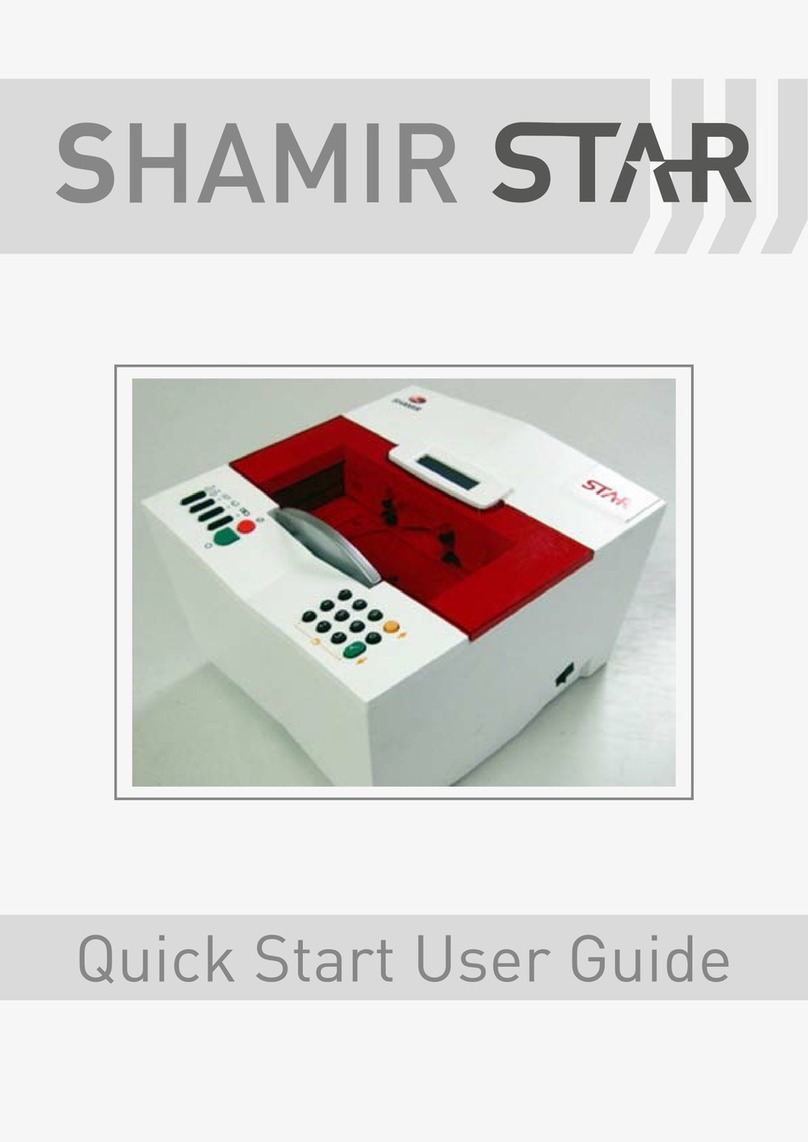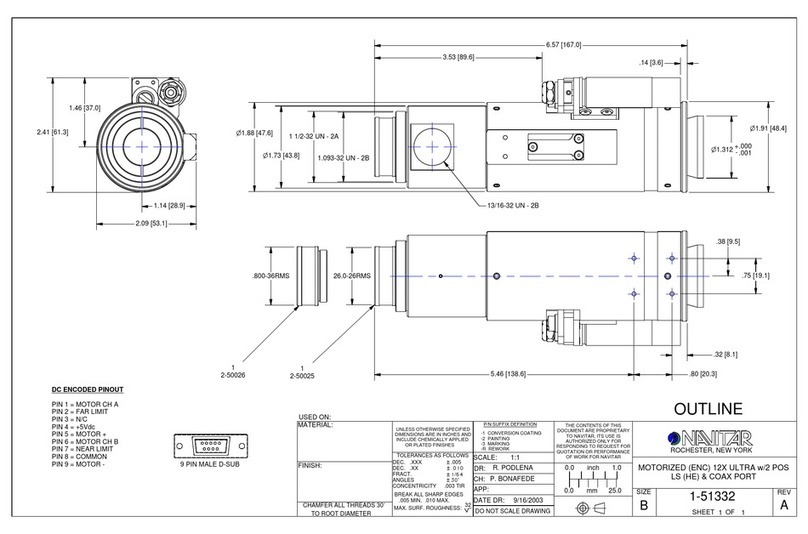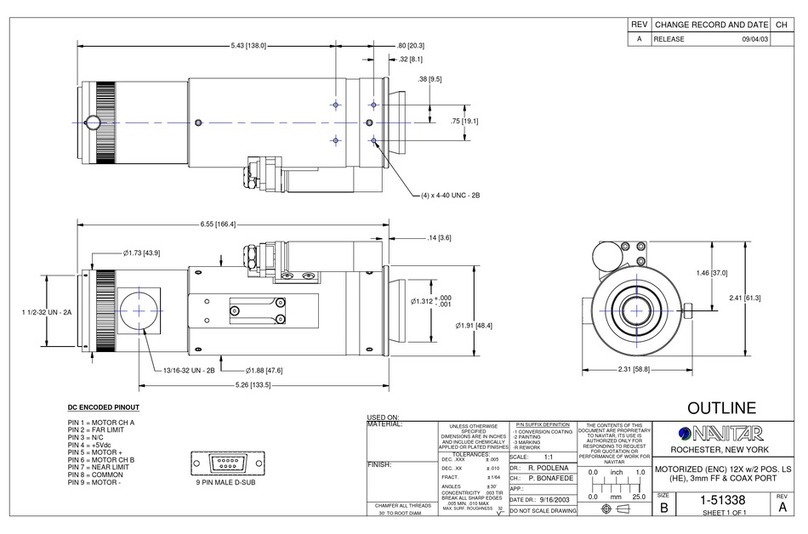Leica SUMMARON-M 1:5,6/28mm User manual
Other Leica Lens manuals
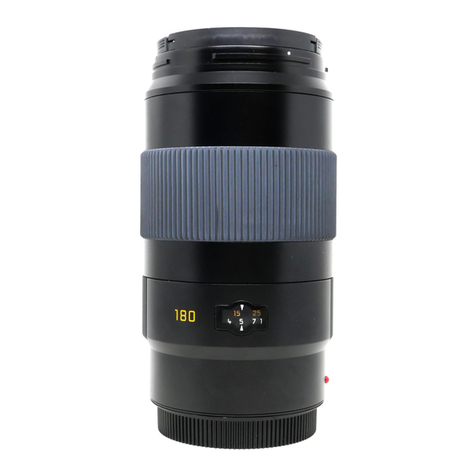
Leica
Leica APO-ELMAR-S 1:3.5/180mm ASPH User manual

Leica
Leica Ultravid 8X32 BR User manual

Leica
Leica SUMMARIT-S 1:2.5/120mm ASPH User manual
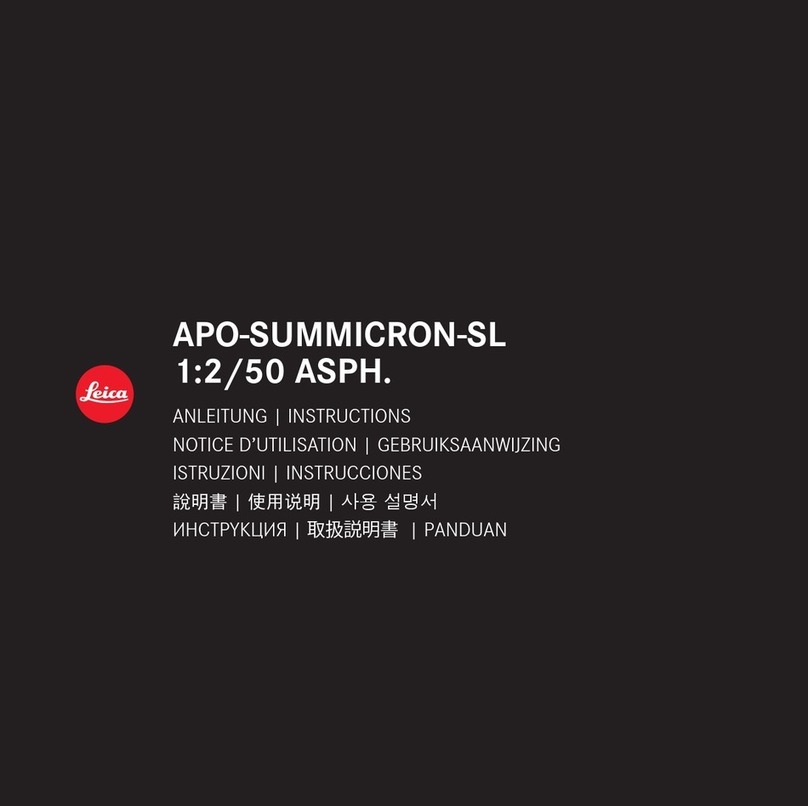
Leica
Leica APO-SUMMICRON-SL 1:2/50 ASPH. User manual

Leica
Leica APO-SUMMICRON-SL 1:2/90 ASPH. User manual

Leica
Leica THAMBAR-M 90 f/2.2 User manual
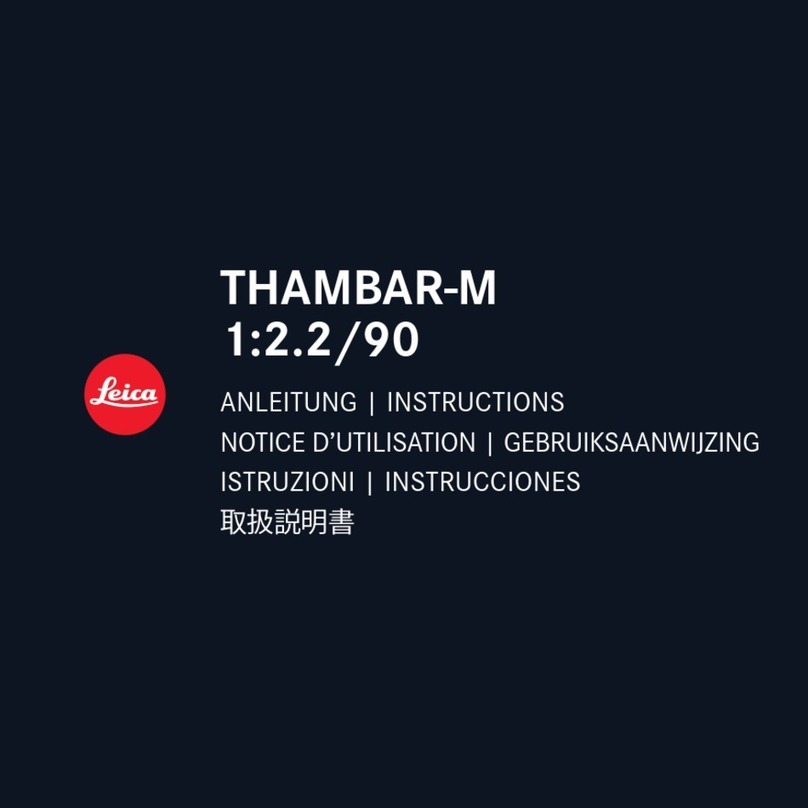
Leica
Leica THAMBAR-M 1:2.2/90 User manual
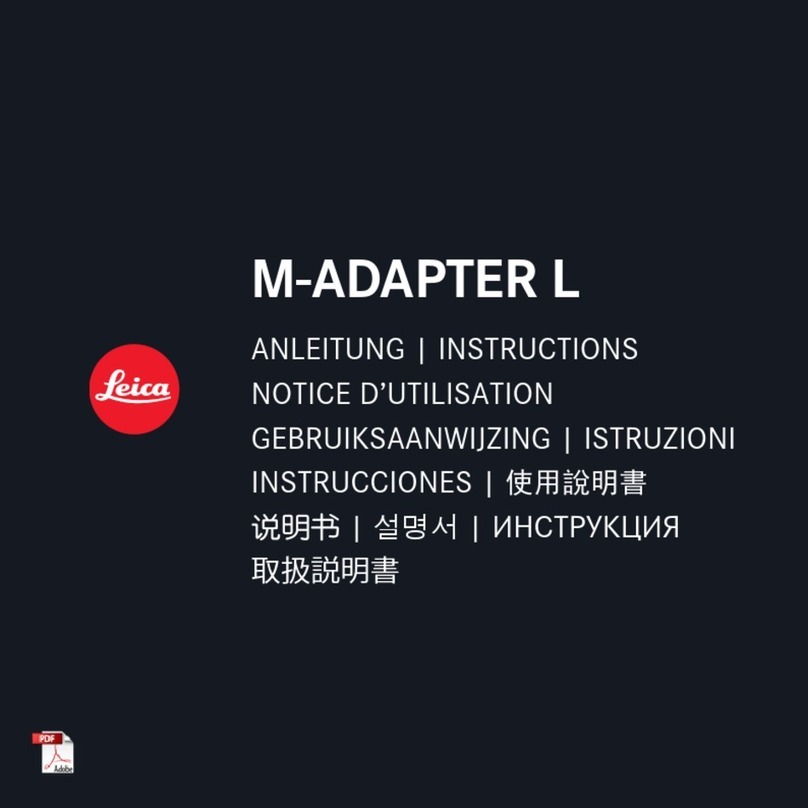
Leica
Leica M-ADAPTER L User manual
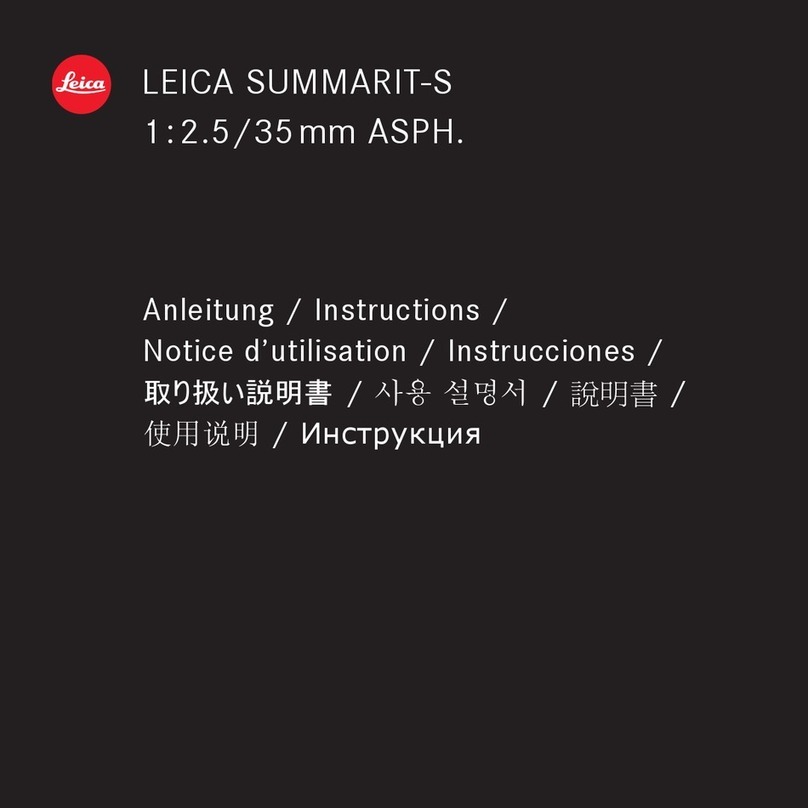
Leica
Leica SUMMARIT-S 1:2.5/35mm ASPH User manual
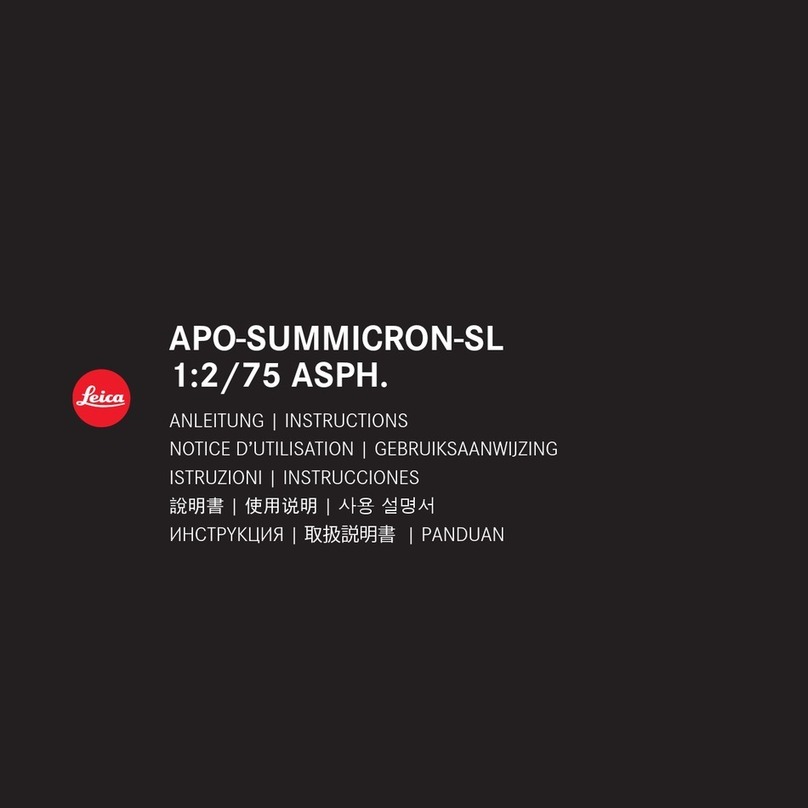
Leica
Leica APO-SUMMICRON-SL 1:2/75 ASPH. User manual
Popular Lens manuals by other brands

Tamron
Tamron SP 70-300mm F/4-56 Di VC USD Brochure & specs
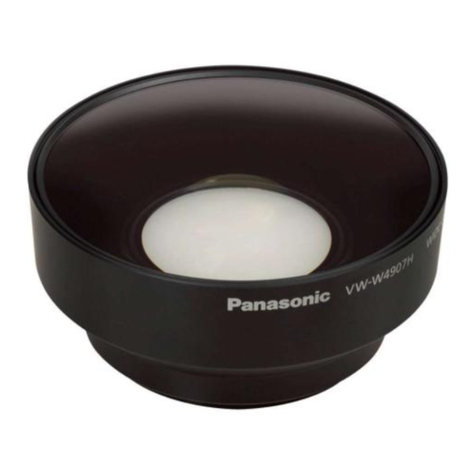
Panasonic
Panasonic VW-W4907 operating instructions

Cosina
Cosina Voigtländer NOKTON instruction manual

Cosina
Cosina Voigtländer NOKTON instruction manual

Cosina
Cosina Voigtländer SUPER NOKTON 29mm F0.8... instruction manual
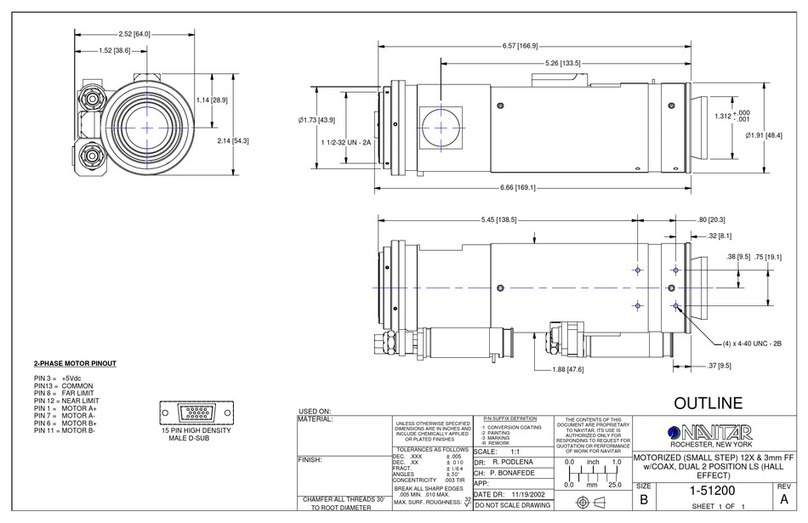
Navitar
Navitar 1-51200 Dimensional drawing
